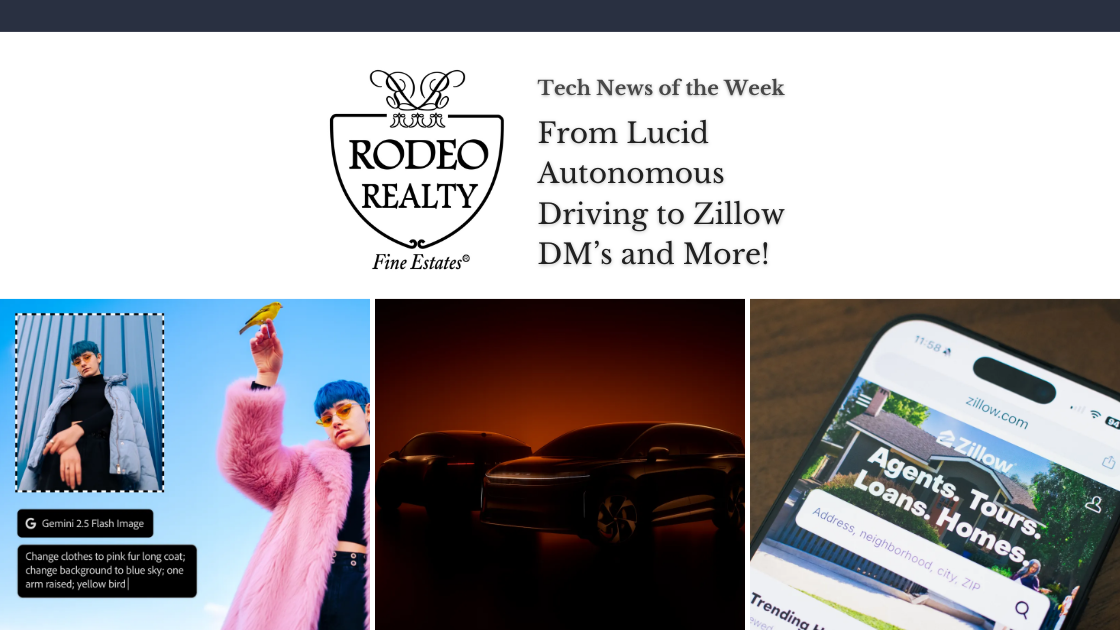Technology keeps moving the everyday world forward. From Lucid and its autonomous fleet to Zillow and its new DM feature, we have you covered with the latest. This week’s roundup breaks down the top tech stories you should know, whether you prefer to skim or share.
Uber, Stellantis, Nvidia & Foxconn Join Forces to Build a Robotaxi Stack

Four major players: Uber, Stellantis, Nvidia, and Foxconn have teamed up to accelerate purpose-built robotaxi development by combining deployment expertise, vehicle integration, AI compute, and manufacturing scale. The partnership bundles Uber’s fleet experience, Stellantis’s vehicle know-how, Nvidia’s DRIVE compute platform, and Foxconn’s high-volume assembly capabilities to shorten the path from prototype to passenger service. By coordinating hardware, software, and deployment early, the group hopes to optimize cost and reliability for commercial autonomous ride services. Regulators, insurers, and city planners remain key variables, because local approvals and safety validation govern large-scale rollouts. If executed well, this collaboration could significantly hasten when and where robotaxis begin regular passenger operations.
Lucid to Offer Nvidia-Powered Autonomous Driving in Privately Owned Cars

Lucid announced plans to offer advanced autonomous capabilities for privately owned vehicles using Nvidia’s compute stack. Likewise, the news from Lucid aims to bring high-performance driver assistance and supervised hands-off modes to luxury EV buyers. Unlike fleet-focused robotaxi projects, Lucid chose an approach that emphasizes delivering optional premium autonomy directly to owners. Of course, this is all while preserving vehicle control and safety protocols for Lucid vehicles. Consumer availability will depend on testing, regional regulatory approvals, and rigorous safety validation. The move by Lucid reflects a broader OEM trend: differentiating on both electric drivetrains and embedded autonomous software. For buyers, the promise is advanced in-car automation packaged as a luxury option rather than a fleet service.
ChatGPT Adds PayPal Purchases for Seamless In-Chat Buying
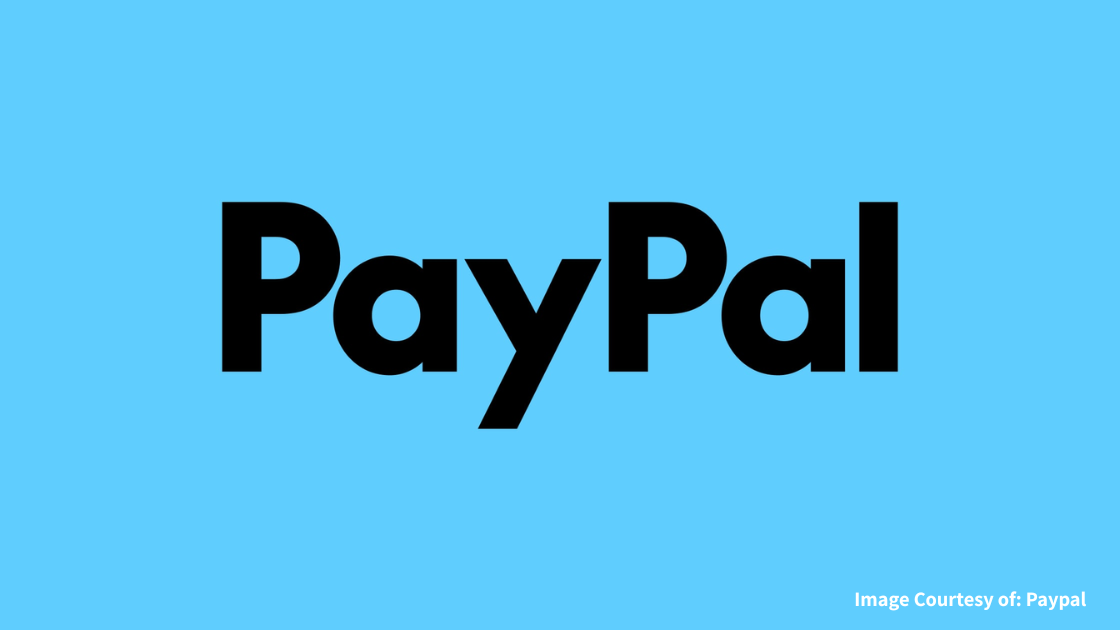
OpenAI and PayPal expanded commerce integration so ChatGPT users can complete purchases and subscriptions using PayPal flows directly inside the chat experience. This reduces friction by letting people act on recommendations. Likewise, that means users can book tickets, buy products, or subscribe, all without leaving the conversation or copying payment details. The integration benefits merchants and creators by turning conversational recommendations into conversions more quickly, though it also raises practical questions around refunds, fees, and purchase intent mapping. OpenAI stresses transparency and user controls for payments; merchants gain a fresh channel to convert chat suggestions into orders. Overall, it’s a meaningful step toward mainstreaming in-chat commerce.
Zillow Debuts Native Direct Messaging to Simplify Buyer–Agent Chats
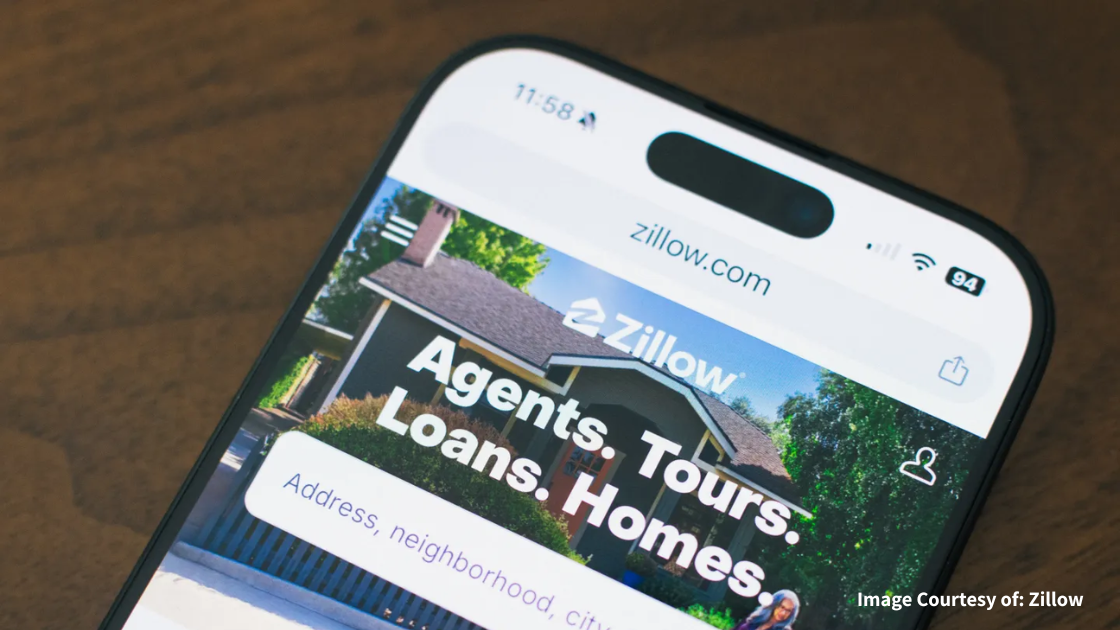
Zillow launched an in-app direct messaging feature so prospective buyers, renters, and agents can chat, share photos, and schedule tours without switching apps or losing listing context. The DMs aim to centralize inquiries, accelerate lead follow-up, and keep conversation history attached to listings and user profiles. Agents benefit from a unified inbox and easier tracking; consumers get a shorter path from discovery to contact. Zillow built privacy and spam controls into the feature and plans to iterate on admin and automation tools for professionals. It’s a practical step that converts browsing interest into timely, conversational engagement.
Adobe Unveils New AI Tools Across Photoshop, Lightroom & Premiere at MAX 2025
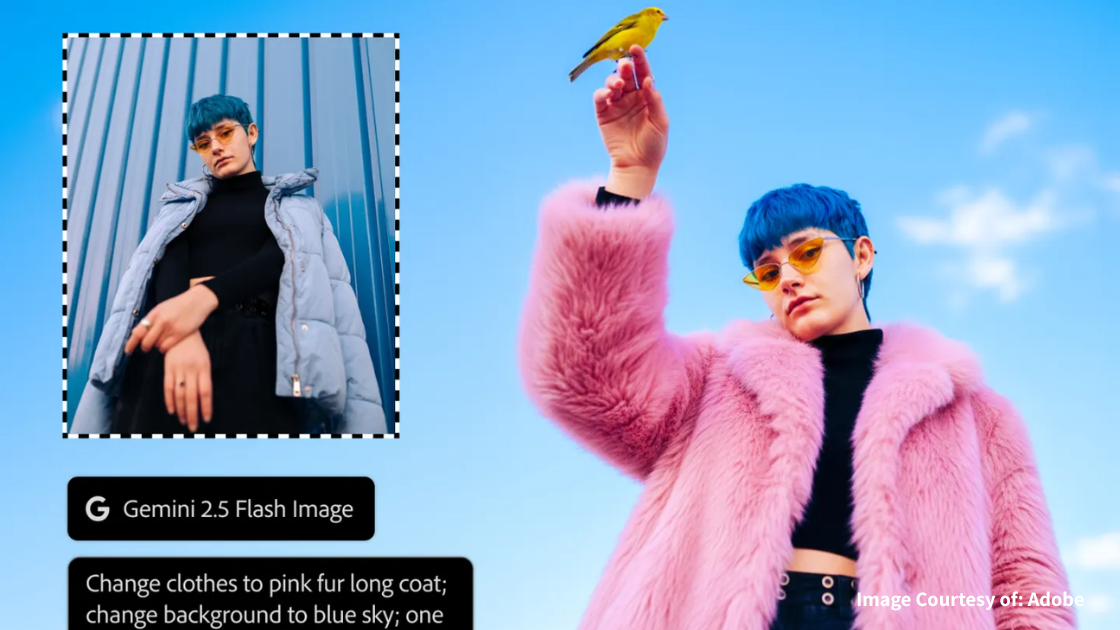
At Adobe MAX, Adobe rolled out generative AI and assistant features across Photoshop, Lightroom, and Premiere that speed compositing, masking, color work, and clip assembly. Highlights include context-aware edits, automated harmonization, faster masking tools, improved audio cleanup, and tighter cloud-to-desktop handoffs for mobile-to-workstation workflows. Adobe positions these updates as productivity multipliers that reduce repetitive tasks, letting creators focus on creative decisions while retaining control. The release signals that generative tools are moving from experimental filters into everyday production pipelines. For studios and freelancers, the updates promise faster turnarounds and more room for iterative experimentation.
Spotify Expands Apple TV App with Music, Video & Podcast Features
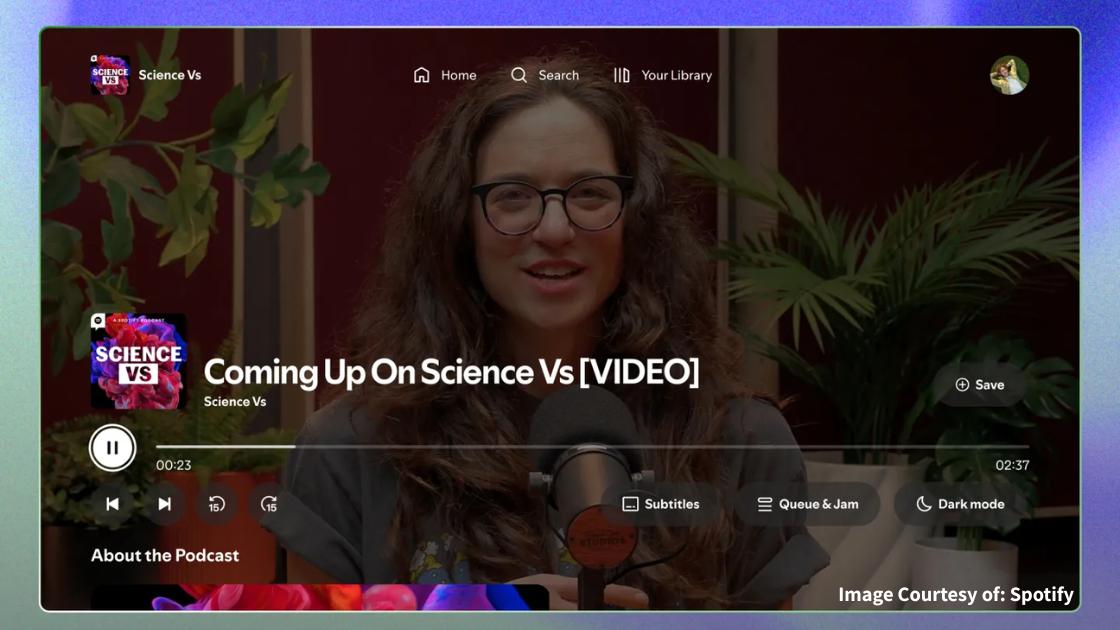
Spotify updated its tvOS app to bring richer music browsing, short-form video clips, and better podcast playback to Apple TV, improving navigation and cross-device continuity for living-room listening. The update aims to make Apple TV a more appealing place to discover music videos and shared listening moments and to treat the big screen as a first-class music experience. Podcast playback and queueing are more TV-friendly, and the improved visual discovery enhances party and family listening. This helps Spotify compete for shared-screen listening time and expands where users discover and consume audio content.
